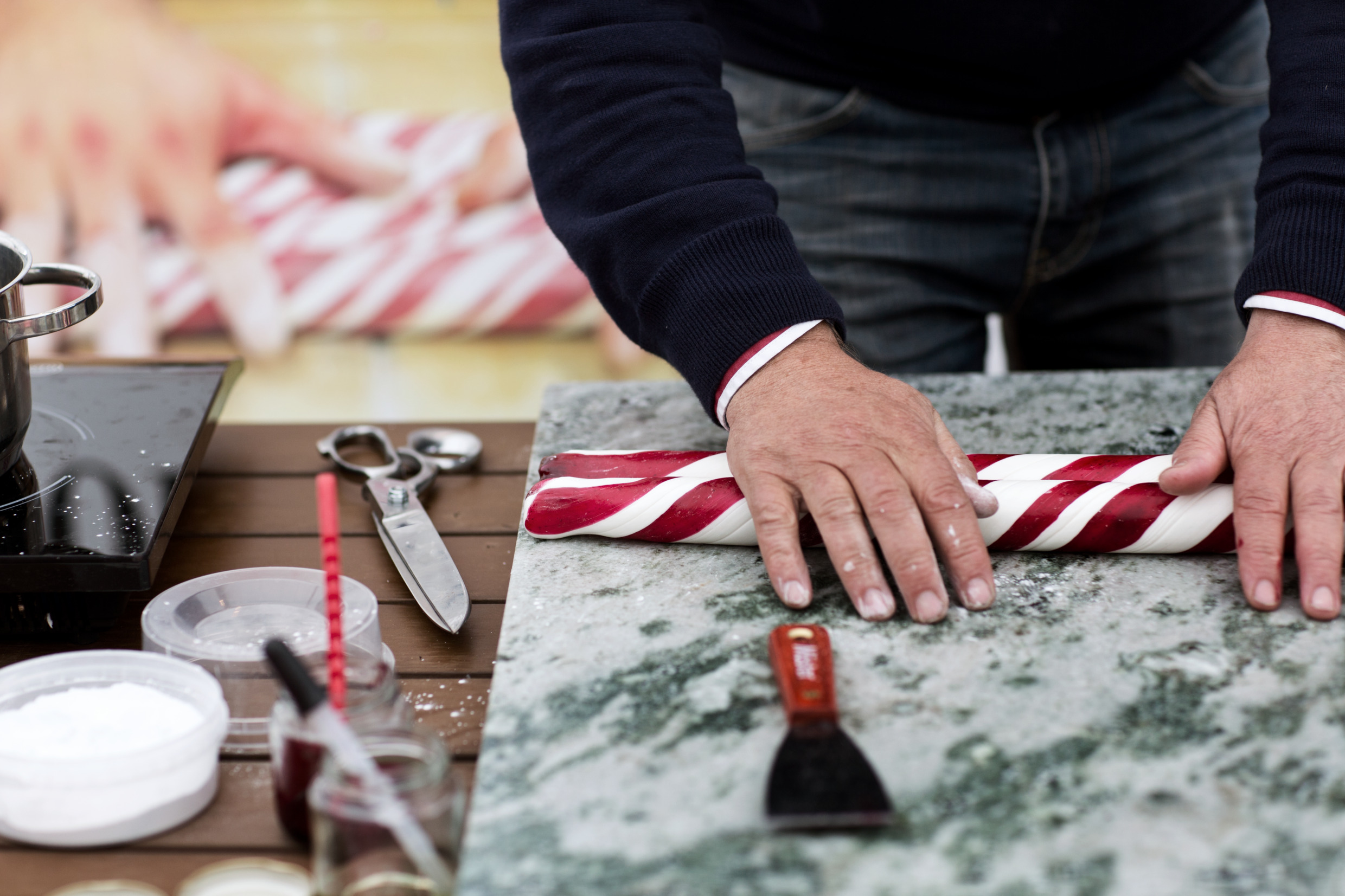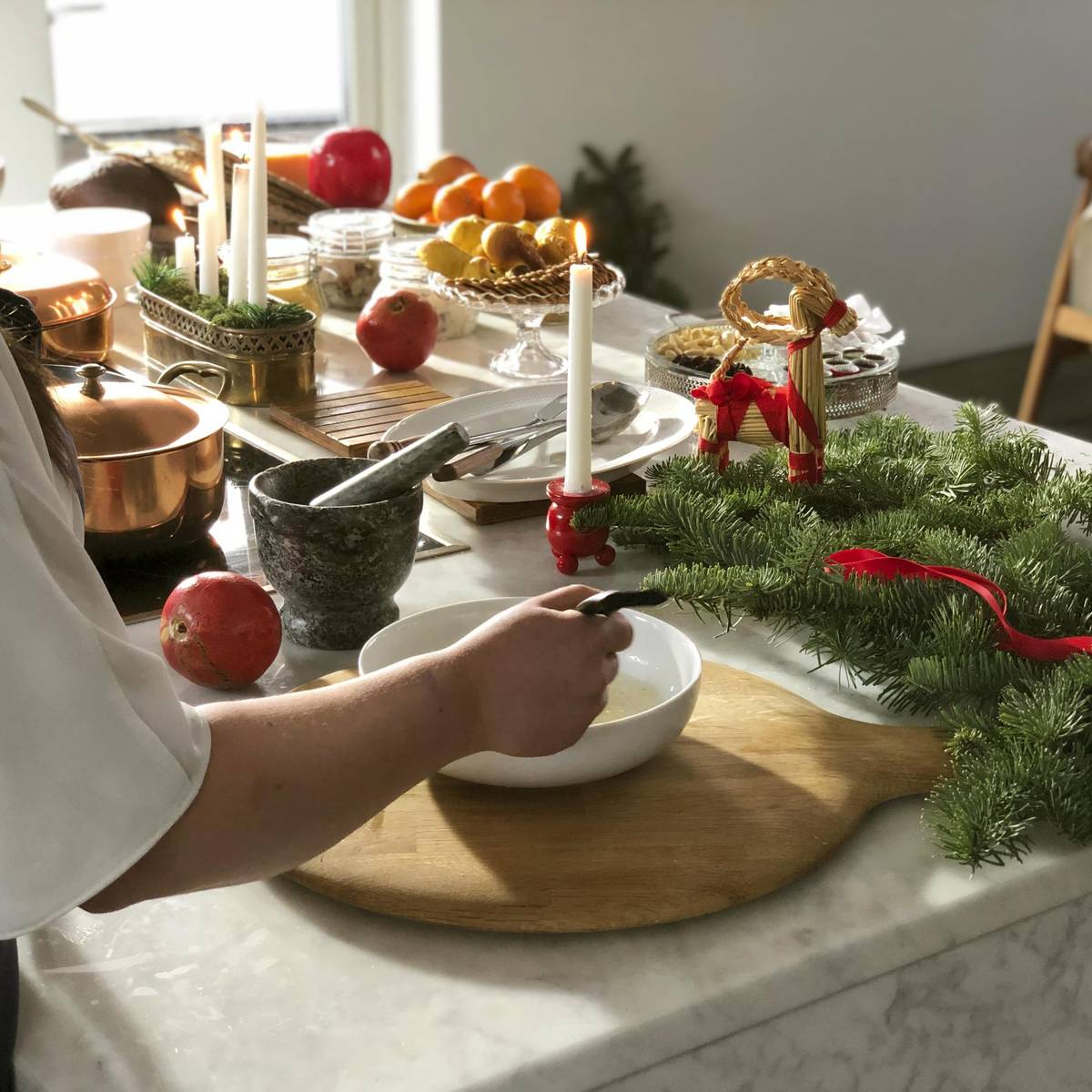Protected Designation of Origin (PDO): Product names registered as PDO are those that have the strongest links to the place in which they are made. It is the EU’s strongest food trademark. Examples: Champagne, Gorgonzola and Parma ham.
Protected Geographical Indication (PGI): PGI emphasises the relationship between the specific geographic region and the product's name, where a particular quality, reputation or other characteristic is essentially attributable to its geographical origin. Examples: Westphalian ham, Miel de Provence honey and Danablu cheese.
Source: European Commission
Slow Food Presidia: The Presidia sustain quality production at risk of extinction, protect unique regions and ecosystems, recover traditional processing methods, and safeguard native breeds and local plant varieties. Examples: Aged artisanal gouda and Bamberger Hörnla potato.
Source: Slow Food Foundation for Biodiversity















